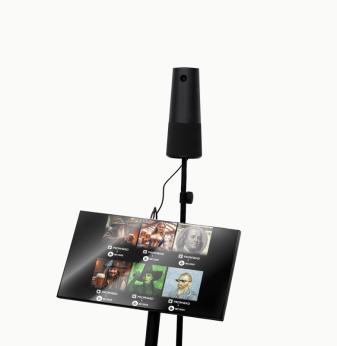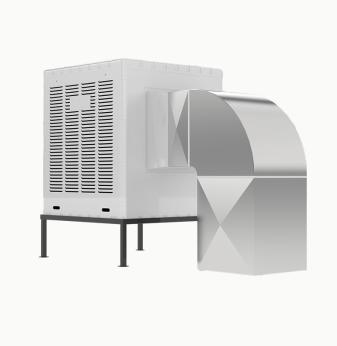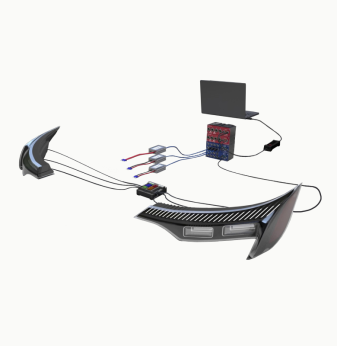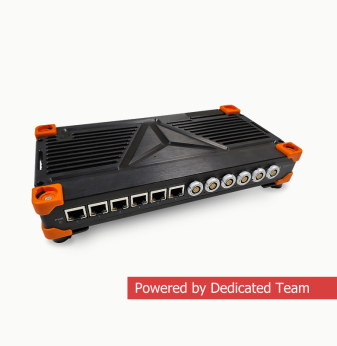Electronica 2026 Preview: What to Expect at the World’s Premier Electronics Trade Show
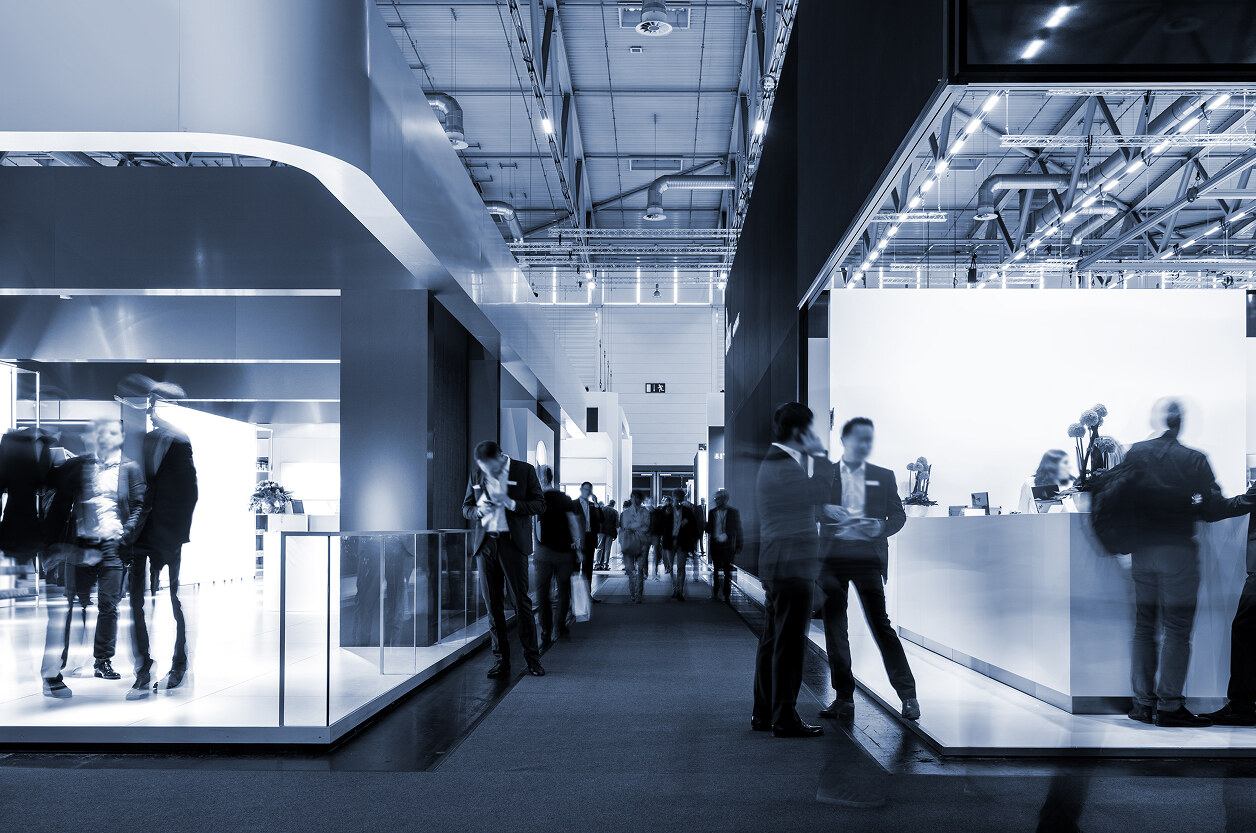
When people in the electronics industry talk about must-see events, Electronica in Munich always makes the list. For decades, this show has been the place where chipmakers, system designers, startups, and global OEMs gather to showcase what’s next. But Electronica 2026 promises something more than just another trade fair. It lands at a turning point for the entire sector — with the rise of AI hardware, electrification of transportation, and new pushes toward sustainable electronics. This mix of forces will define how engineers, manufacturers, and investors navigate the next wave of innovation.
Walking into the halls in Munich, you can expect more than the usual crowded booths. The event is becoming a meeting ground where breakthroughs are not just displayed but tested, challenged, and sometimes born in real time. To understand why, we need to look at both the trends shaping the industry and how Electronica acts as a mirror for them.
How is Electronica 2026 different from past years?
Electronica has always been about scale — thousands of exhibitors, tens of thousands of visitors, and rows of technologies stretching across multiple halls. But 2026 is different because the industry itself is at a tipping point. Semiconductor supply chains, which were under pressure just a few years ago, are stabilizing yet shifting toward regional diversification. Automotive electronics are becoming the backbone of entire mobility ecosystems. AI chips are moving from specialized labs into mainstream hardware design. And sustainability is no longer a marketing word but a design parameter engineers must deliver on.
In past shows, companies would often come to demonstrate incremental improvements. In 2026, the expectation is that exhibitors will focus more on platform-level changes. Think about structural batteries in automotive prototypes, neuromorphic processors for edge computing, and ultra-low power designs that aim to extend device lifecycles dramatically. These are not tweaks — they’re potential turning points.
For an engineer walking the floor, this means Electronica is no longer just a catalog of components. It is a roadmap for where industries as diverse as telecom, automotive, healthcare, and industrial automation are heading.
What new technologies will dominate the exhibition halls?
One of the most anticipated themes at Electronica 2026 is the crossover between hardware and intelligence. AI is no longer confined to cloud servers. Edge devices, from industrial sensors to automotive cameras, now demand dedicated AI accelerators and specialized chips. Expect to see startups demonstrating lightweight neural processors that can run complex models on minimal power budgets. For many visitors, these showcases will highlight how the line between embedded design and high-performance computing is blurring.
Another major area is power electronics. As electrification spreads across transportation and industrial systems, companies are racing to develop more efficient inverters, converters, and charging systems. Wide-bandgap semiconductors like SiC and GaN are moving from niche adoption into mass-market designs. Exhibitors are likely to show how these technologies enable smaller, cooler, and more robust systems. The impact goes beyond vehicles: data centers, renewable energy infrastructure, and even consumer appliances are part of this shift.
Sustainability will also have a visible presence. From materials that reduce environmental impact to systems designed for easier recycling, many exhibitors are expected to highlight how they integrate eco-friendly thinking into design without sacrificing performance. For engineers, this translates into new constraints and opportunities: you can design smarter if you think of the full lifecycle from day one.

Why does Electronica matter beyond product showcases?
To understand Electronica’s importance, you have to look at its role in the innovation chain. When a startup enters the Fast Forward program, it’s not just about showing a prototype — it’s about exposure to investors, OEMs, and potential partners who can accelerate that idea into reality. For many small teams, Electronica becomes the launchpad that turns a concept into a funded venture.
For large corporations, the fair is equally critical. It’s the one moment where automotive suppliers, telecom giants, and consumer electronics leaders walk the same floors, often scouting for collaboration or acquisitions. Behind the scenes, meetings during Electronica can set the direction for supply agreements and strategic partnerships that influence entire industries.
For individual engineers, attending Electronica is a way to sense where the industry is moving. Reading reports or white papers gives data, but seeing working prototypes, touching demo boards, and speaking directly to developers provides an entirely different level of insight. Many attendees return to their companies not just with business cards but with ideas that shape the next generation of their own designs.
What challenges and opportunities will shape Electronica 2026?
While the show is about technology, the undercurrent is about resilience. The electronics industry has been tested in recent years — from supply shortages to geopolitical tensions — and 2026 is a moment to show how it adapts. Companies are expected to emphasize localized manufacturing, stronger supply chain visibility, and partnerships that reduce dependency on single regions.
At the same time, the rise of new regulations around AI, cybersecurity, and environmental impact will be top of mind. Engineers and executives will have to consider not just what they can design, but what they are allowed to design under evolving standards. Electronica provides a space where compliance meets creativity: where experts discuss how to innovate without stepping outside regulatory frameworks.
Opportunities will come in the form of cross-industry collaboration. A company working on automotive LiDAR might discover applications for its sensors in medical imaging. A developer of secure IoT chips for industrial automation might find demand in smart energy networks. This kind of knowledge transfer is one of the most valuable outcomes of a massive, interdisciplinary event like Electronica.
Looking ahead to Munich
Electronica 2026 is more than a calendar entry. It is a snapshot of an industry in motion — one that is balancing the excitement of breakthroughs with the pressure of global challenges. For those planning to attend, the show is not just about walking through endless booths. It’s about experiencing how electronics shape nearly every aspect of modern life, from the cars we drive and the devices we hold to the infrastructure that keeps societies running.
The real value of Electronica lies in its ability to bring together diverse voices: engineers who solve micro-level problems, executives who set macro-level strategies, and startups who imagine entirely new possibilities. When these groups meet in Munich, the result is not just a trade show — it’s a laboratory for the future of technology.
As 2026 approaches, the anticipation is less about what specific product will be unveiled and more about the direction entire industries will take. For anyone in electronics, the message is clear: if you want to see where the future is being designed, Electronica is the place to be.
Our Case Studies

